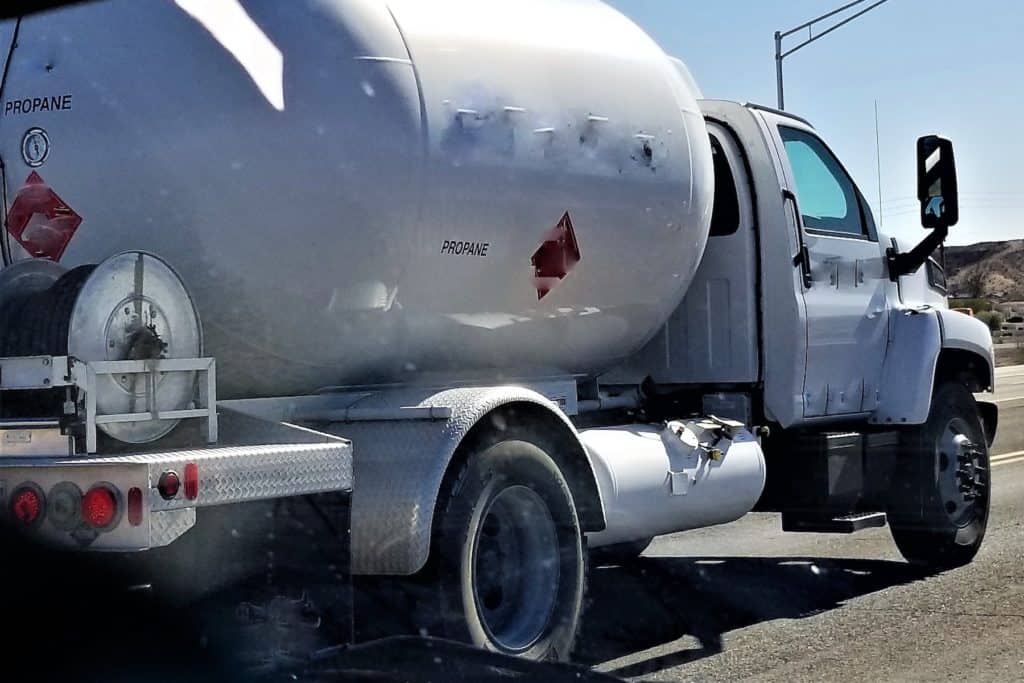As more information comes out making it clear that body disposition has a significant impact on the planet, people are trying to find options that are more eco-friendly. For many people, a traditional funeral isn’t worth the environmental damage.
Not long ago the choice was pretty simple. You were buried or cremated after death. Today, cremation is much more advanced and has evolved to include a number of techniques with varying degrees of eco-friendliness. Some crematoriums now use electric retorts for incineration. Alkaline hydrolysis uses water to produce the same results through dissolving the body.
Then there are crematoriums that use propane and natural gas for cremations. While they may sound very similar, there are ecological differences between the two. This article provides an overview of the similarities and differences between propane cremations and natural gas-powered cremations so that you can decide which option provides the most benefits for you, your family and the environment.
Similarities Between Propane Cremation and Natural Gas Cremation🔥
If you think propane and natural gas are similar, then you’d be right. They are so similar propane is a part of natural gas along with a mixture of ethane, butane and methane. Propane is separated from natural gas for use on its own.
The way in which propane cremation and natural gas cremation are performed is essentially the same. The fuel is used to heat up the retort furnace and incinerate the body. The end result is identical, and you wouldn’t be able to tell which type of fuel was used.
Modern-day crematoriums typically use either natural gas or propane for cremations, however at this time natural gas is more common.
Differences Between Propane Cremation and Natural Gas Cremation
The way in which cremation is done may be the same, but the byproducts of using propane and natural gas are where the differences come into play. Both are non-renewable fuel sources, however, one is more environmentally friendly than the other.
When you compare propane and natural gas as fuel sources the differences are fairly stark starting with usable energy content. Propane provides more than twice the amount of usable energy content per cubic foot compared to natural gas.
Propane – 2,516 BTU (per cubic foot)
Natural Gas – 1,030 BTU (per cubic foot)
That means more than twice the amount of natural gas is needed to generate the same amount of heat as propane. While natural gas is significantly cheaper than propane, the cost to the environment is greater with natural gas due to the lower energy output.
An even bigger difference is what happens after the two different fuels are released before combustion and after being burned for cremation. Natural gas is a greenhouse gas that traps heat inside our atmosphere. This is primarily due to the methane in natural gas. Propane isn’t considered a greenhouse gas and isn’t toxic.
The difference between the harmful emissions that are produced after combustion isn’t as huge. The Energy Information Administration (EIA) has found that:
Natural gas produces 117 pounds of carbon emissions for every 1 million BTUs.
Propane produces 139 pounds of carbon emissions for every 1 million BTUs.
But remember, there are about 2.5 times fewer BTUs in a cubic foot of natural gas compared to propane. That means more than twice the amount of natural gas has to be burned to reach 1 million British thermal units. And CO2 isn’t the only greenhouse gas that’s released. Natural gas has high methane levels, and methane is a greenhouse gas as well. Propane also releases less:
- Nitrogen Oxides (NOx)
- Carbon Monoxide (CO)
- Sulfur Oxides (SOx)
- Particulate Matter (PM)
- Volatile Organic Compounds (VOC)
The production of natural gas and propane also has an impact on the environment. Because natural gas creates more upstream emissions during the refining process propane still has an environmental edge when you consider total carbon emissions.
Cost is another big factor in fuels that are used for cremation. Most crematoriums use natural gas because it is relatively inexpensive compared to propane. The Cremation Association of North America (CANA) calculates that 2,379,915 BTUs are needed for the average cremation. You’d have to burn more natural gas to generate that amount of heat, but the cost of propane would still be about two times more expensive.
Green Cremation Texas is a forward-thinking funeral home that is dedicated to minimizing the impact of disposition. We offer eco-friendly cremation services, including water cremation. Please call, text or email any time of day for more information or to make cremation arrangements.






